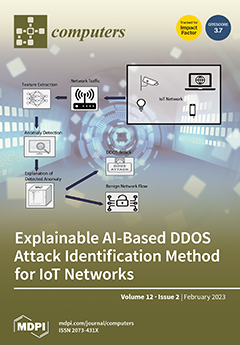The internet of things (IoT) and industrial IoT (IIoT) play a major role in today’s world of intelligent networks, and they essentially use a wireless sensor network (WSN) as a perception layer to collect the intended data. This data is processed as information and send to cloud servers through a base station, the challenge here is the consumption of minimum energy for processing and communication. The dynamic formation of cluster heads and energy aware clustering schemes help in improving the lifetime of WSNs. In recent years, grey wolf optimization (GWO) became the most popular feature selection optimizing, swarm intelligent, and robust metaheuristics algorithm that gives competitive results with impressive characteristics. In spite of several studies in the literature to enhance the performance of the GWO algorithm, there is a need for further improvements in terms of feature selection, accuracy, and execution time. In this paper, we have proposed an energy-efficient cluster head selection using an improved version of the GWO (EECHIGWO) algorithm to alleviate the imbalance between exploitation and exploration, lack of population diversity, and premature convergence of the basic GWO algorithm. The primary goal of this paper is to enhance the energy efficiency, average throughput, network stability, and the network lifetime in WSNs with an optimal selection of cluster heads using the EECHIGWO algorithm. It considers sink distance, residual energy, cluster head balancing factor, and average intra-cluster distance as the parameters in selecting the cluster head. The proposed EECHIGWO-based clustering protocol has been tested in terms of the number of dead nodes, energy consumption, number of operating rounds, and the average throughput. The simulation results have confirmed the optimal selection of cluster heads with minimum energy consumption, resolved premature convergence, and enhanced the network lifetime by using minimum energy levels in WSNs. Using the proposed algorithm, there is an improvement in network stability of 169.29%, 19.03%, 253.73%, 307.89%, and 333.51% compared to the SSMOECHS, FGWSTERP, LEACH-PRO, HMGWO, and FIGWO protocols, respectively.
Full article





